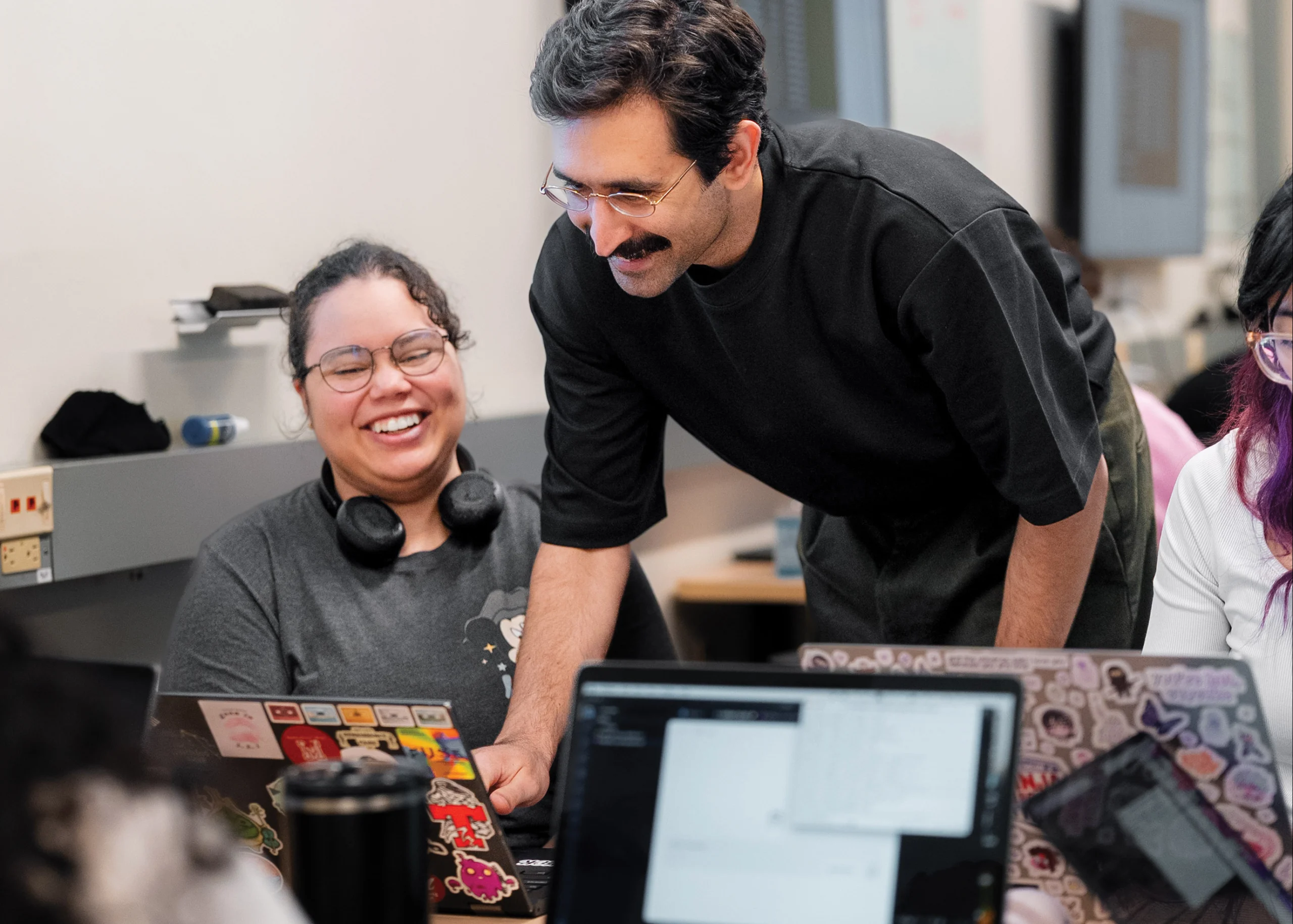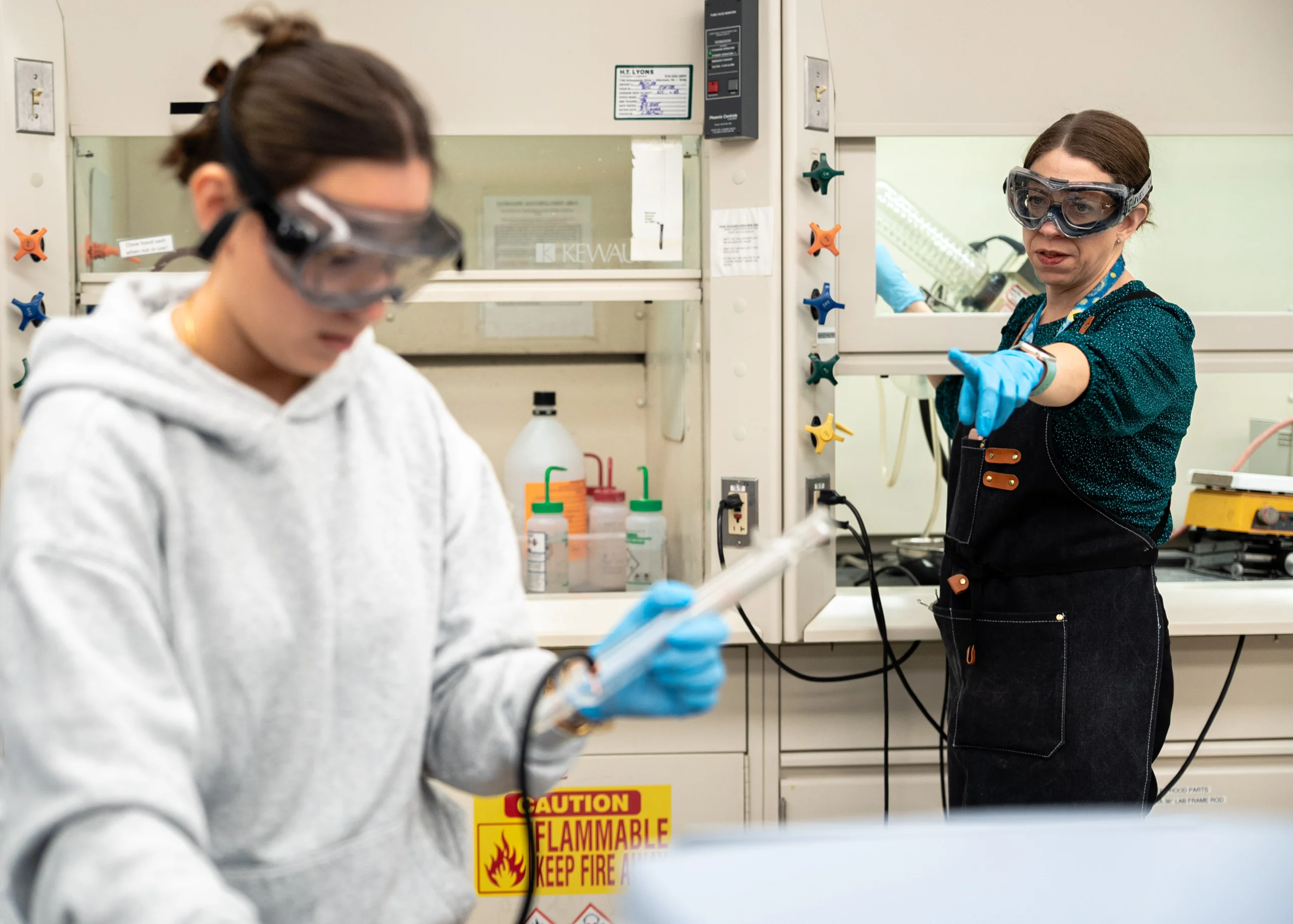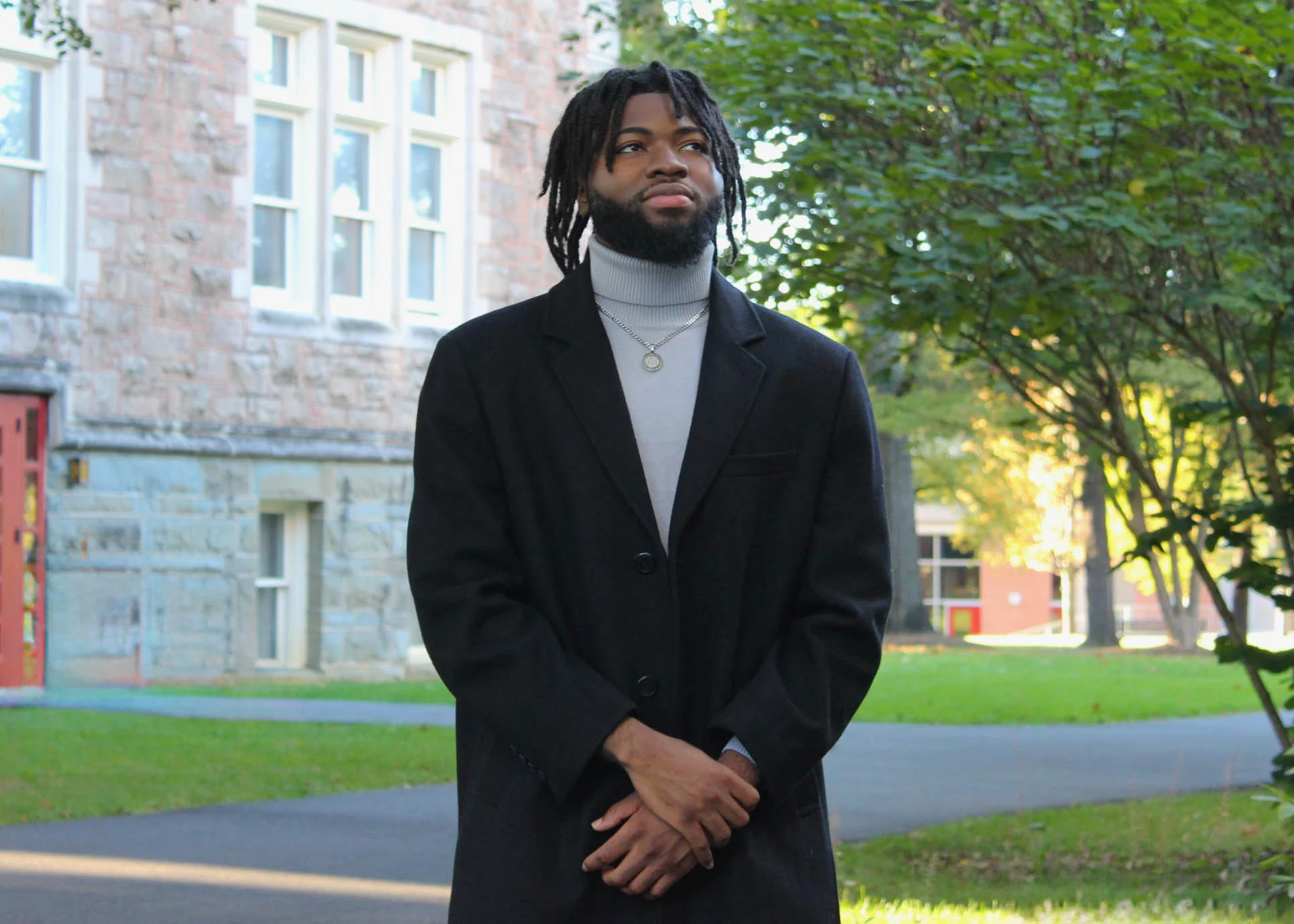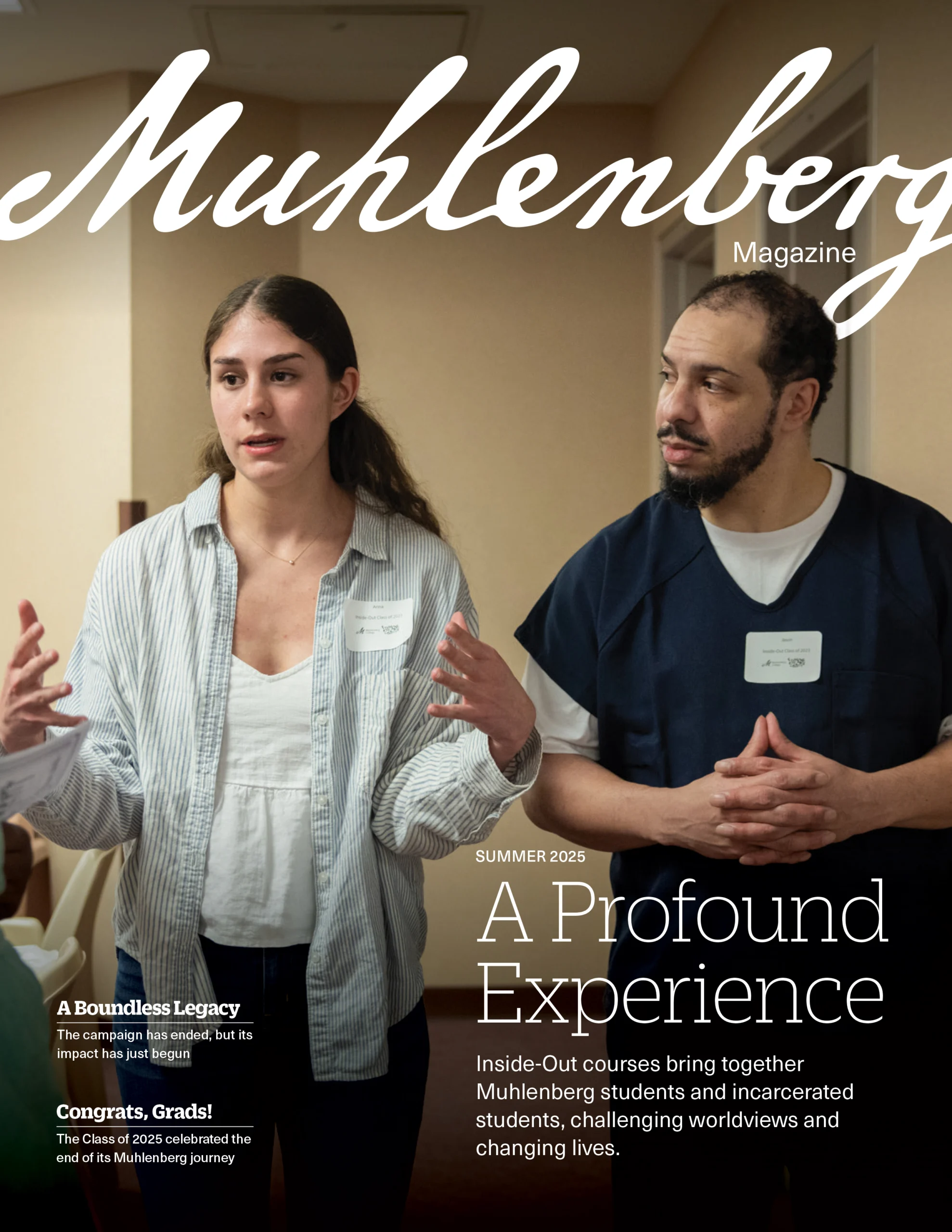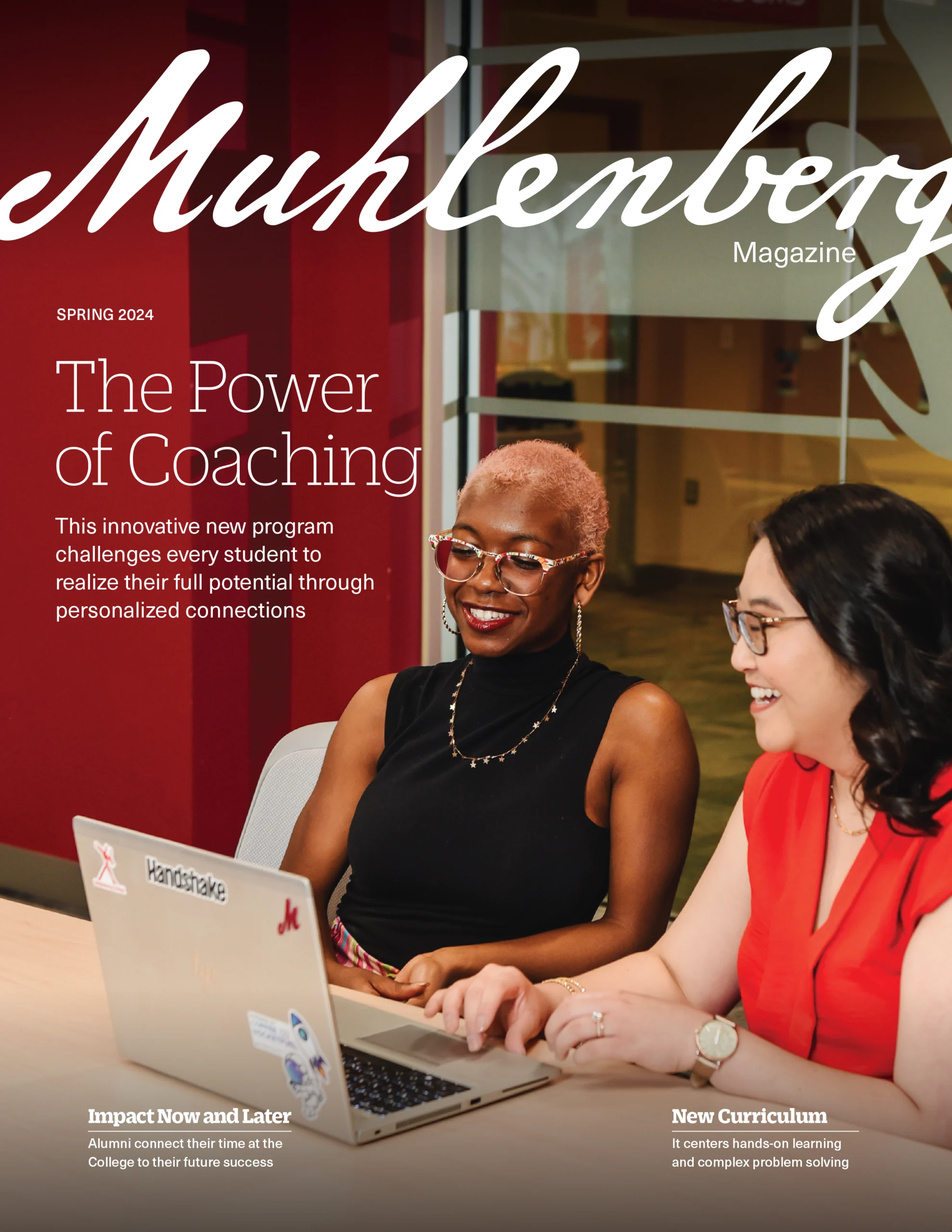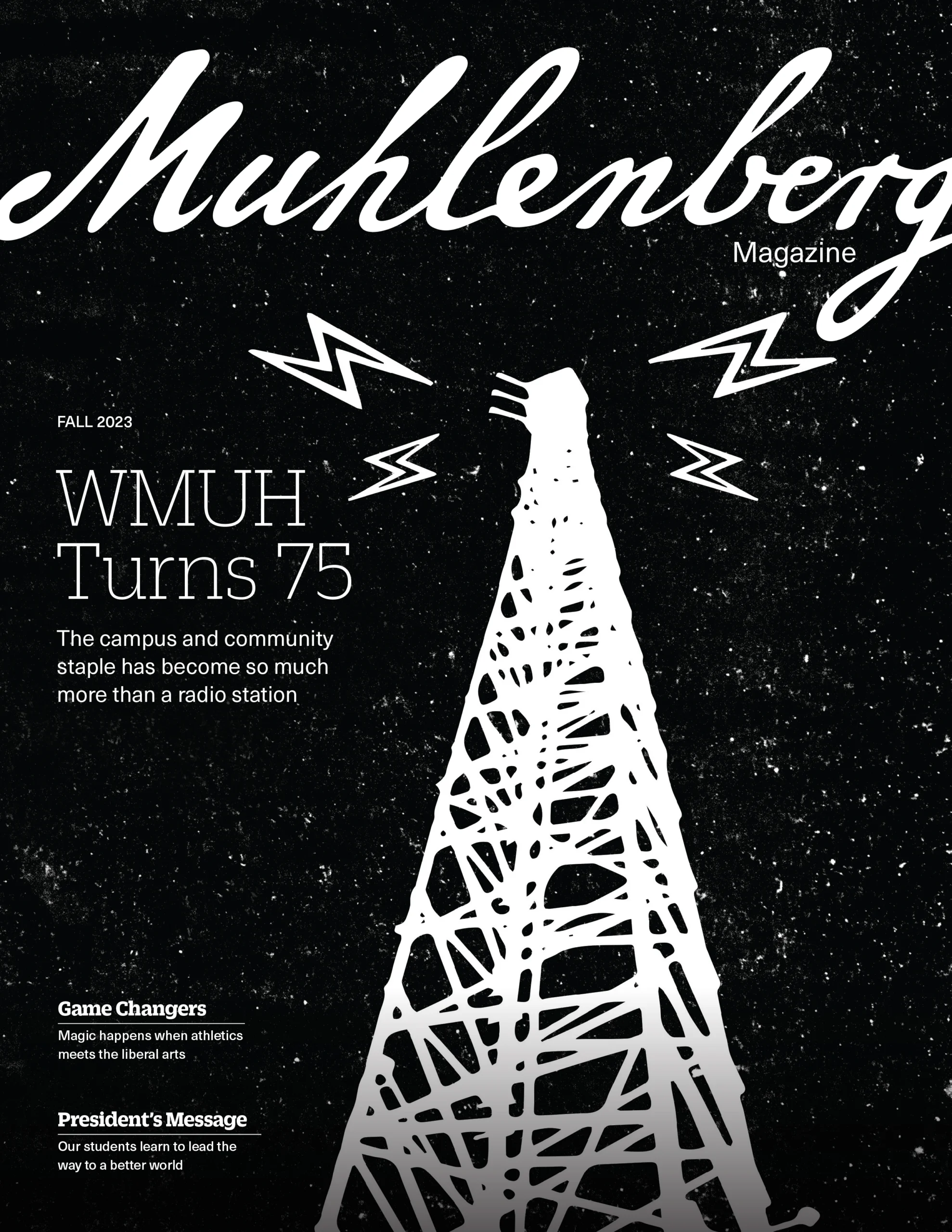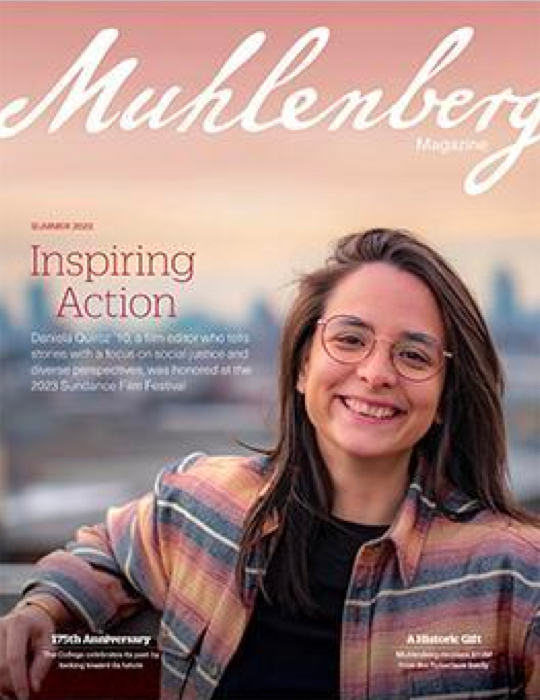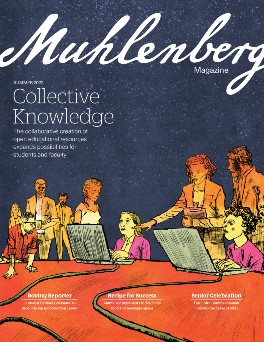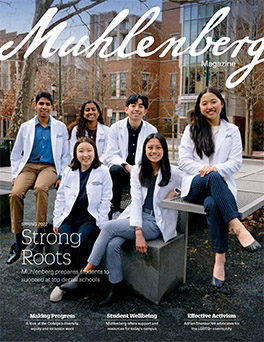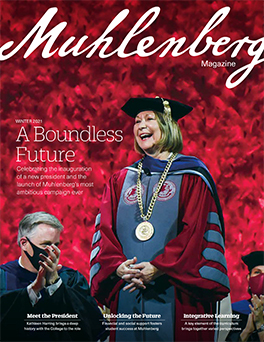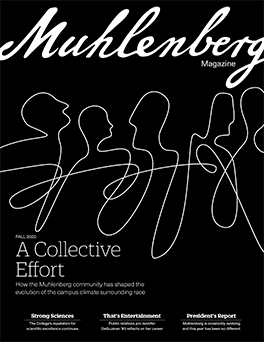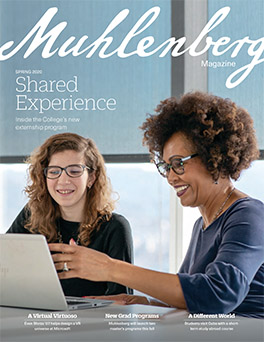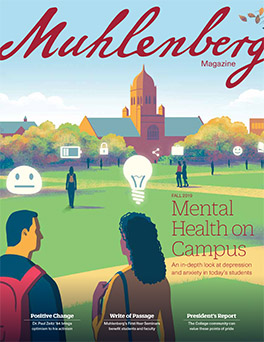
Voting Rights Protect All Other Rights
Since the last presidential election, mail-in voting has increased access to the ballot box. It is among the measures making it easier for eligible voters to participate in democracy.
During the 2020 election cycle, how Americans voted changed. As the country enters another presidential election year, we are experiencing the ripple effects of those changes as state legislatures work in unprecedented ways to restrict how voters can cast their ballots.
Mail-in voting gained popularity during the 2020 primary season, at the height of the pandemic, and this trend continued into the general election, with its contentious presidential contest. With use of mail-in voting showing no signs of waning in 2024, some state legislators have begun an all-out battle against the practice. If they succeed, it will impede voter turnout.
When mail-in voting was first introduced as an option to increase voter turnout during the pandemic, it received bipartisan support. However, over the past four years, mail-in voting, the use of ballot drop boxes and other common sense reforms to increase voter turnout among eligible voters have become a contentious issue, often being used as a talking point to sow distrust in our elections and justify legislation that limits access to the ballot box. A 2020 study from Washington State University found that “accessible and expansive mail-in voting policies, like universal mail-in voting, increase voter turnout,” and several studies since have documented the effect of restrictive voting laws on already underrepresented communities, specifically voters of color. In 2022, we saw that mail-in voting remained popular among voters and was used at “higher than pre-pandemic levels,” indicating to state lawmakers that they would have to pass legislation if they wanted to reverse course.
In 2023, at least 14 states enacted restrictive voting laws, and an additional 140 bills that would hamper access to voting were introduced and will be considered this year. Despite the fact that the 2020 election was proven to be secure, legislatures introduced many of these restrictive laws under the guise of election security. Many of these states had already passed a record number of laws that restrict voting for the most marginalized populations of eligible voters: Since the 2013 Supreme Court decision in Shelby County v. Holder removed the Voting Rights Act requirement for jurisdictions with histories of racial discrimination to obtain federal approval for new voting policies, at least 29 states have successfully passed 94 restrictive voting laws.
“With use of mail-in voting showing no signs of waning in 2024, some state legislators have begun an all-out battle against the practice. If they succeed, it will impede voter turnout.”
The numbers are startling, and they emphasize the importance of nonpartisan civic engagement organizations like the Voter Participation Center (VPC) and Center for Voter Information (CVI), where I work. Our efforts help American citizens make their voices heard. As partner organizations, we focus on the “New American Majority” — people of color, young people and unmarried women — who face unique challenges at the ballot box and are heavily impacted by restrictive voting laws. Our research found that the New American Majority is a large and growing share of the voting-eligible population, projected to make up 63% of this population in 2030. Analysis of voter file and census data indicates big turnout gaps between the New American Majority and non-New American Majority. In 2020, only 61% of all eligible New American Majority voters went to the polls. By contrast, 75% of voters outside the New American Majority participated in the 2020 elections. This is the gap that VPC and CVI aim to close by providing resources to these underrepresented communities through digital and mail outreach. Since 2003, VPC and CVI have helped to register more than 6 million voters and encouraged tens of millions more to turn out to vote.
In 2023, VPC and CVI sent 18.8 million pieces of mail to voters in 27 states with large New American Majority populations and turnout gaps. We generated 95,605 voter registration applications and 69,674 vote-by-mail requests and reached millions more voters through digital programs. This year, we plan to send more than 175 million pieces of mail to homes and to engage hundreds of millions of Americans digitally, with the goal of making sure eligible voters have their voices heard in the elections and bringing democracy to their smartphones and mailboxes.
This work is not new. Nonprofit organizations like VPC and CVI share a robust history in America, going back to the Civil Rights era and before, of helping to register and turn out marginalized voters. Today, nonpartisan organizations continue to make a positive contribution to our democratic process, including by helping to make mail-in voting more accessible.
Despite the importance of our work, we cannot do it alone. In 2024 and beyond, what voters need is strong federal legislation in support of their right to vote. Voting rights protect all other rights. Without federal legislation, state legislatures will continue to limit voting rights and hamper turnout. We cannot have a healthy democracy unless every single eligible voter is able to participate, whether that be by mail, through early voting or in person on Election Day.
Ali Senal Vener ’18, who was a Jewish studies and theatre double major at Muhlenberg, is senior manager of communications for the Voter Participation Center, a nonprofit, nonpartisan organization that promotes voter registration, mobilization and education.

